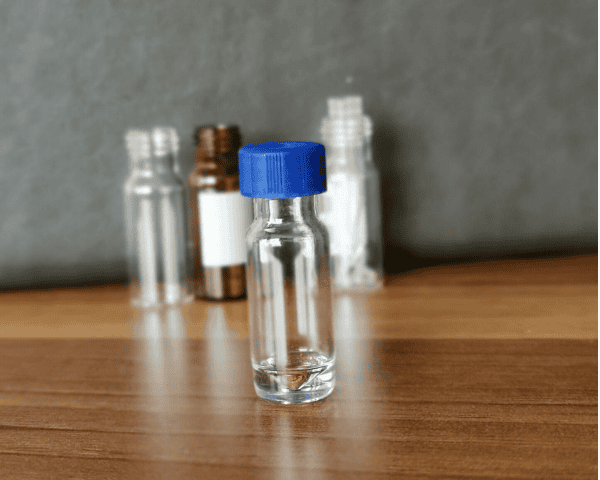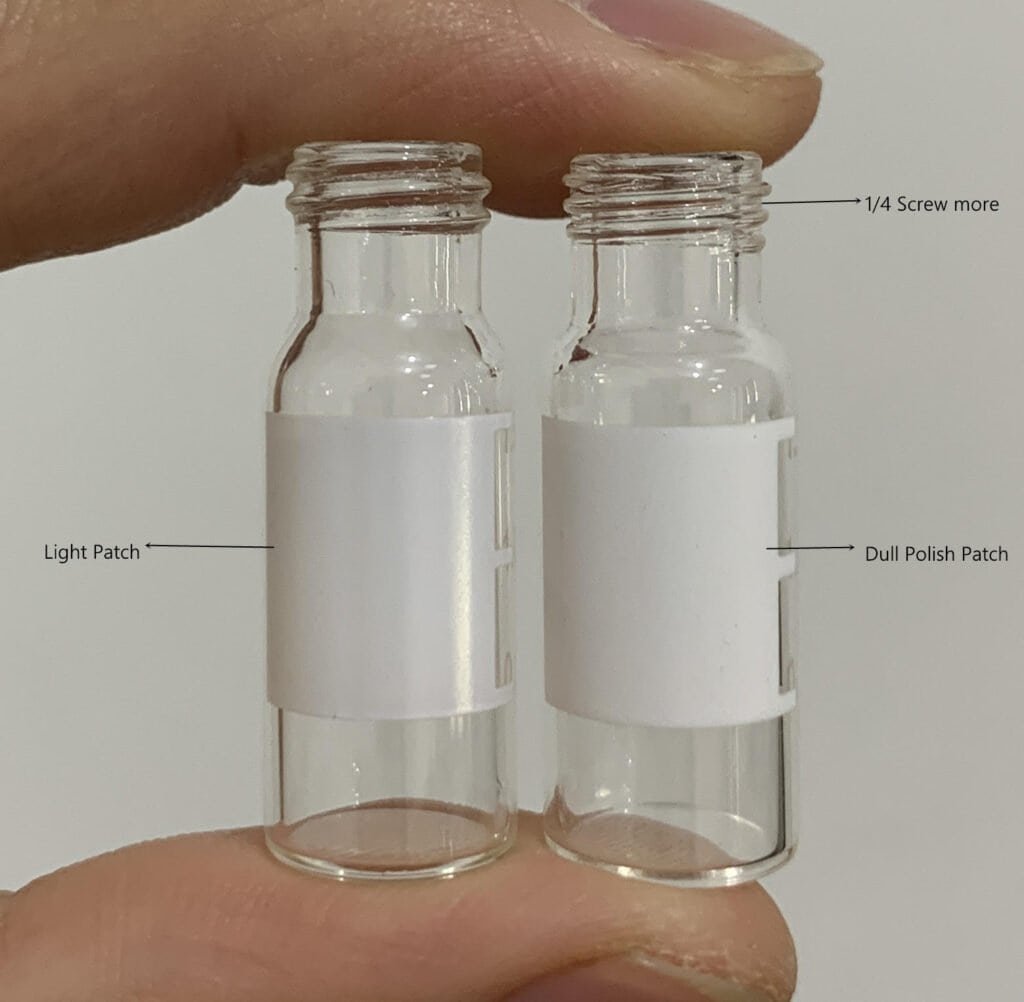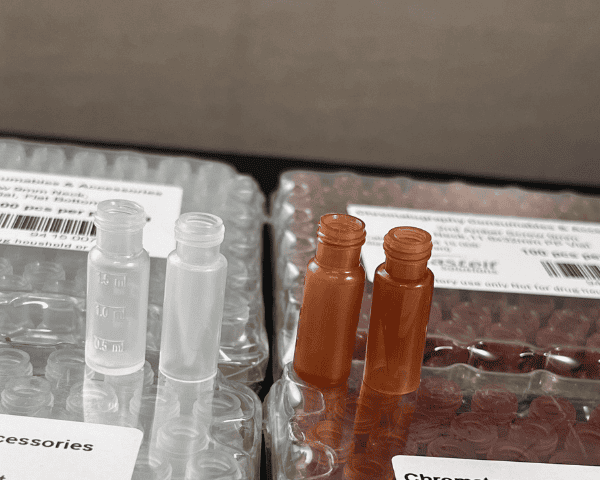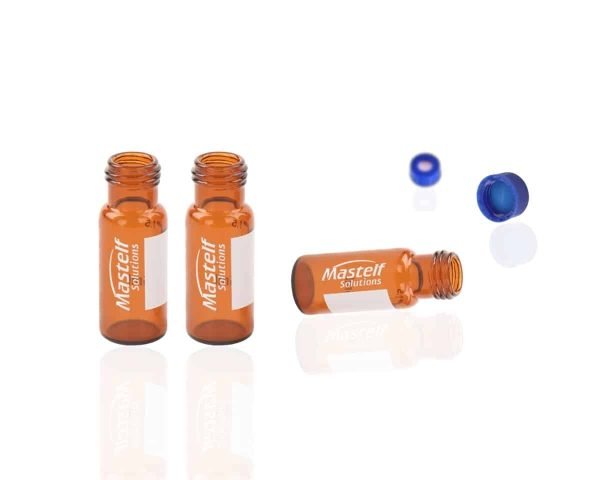You’ve probably come across high imitation HPLC vials that claim to offer the same performance as name-brand options but at a fraction of the price. It’s tempting, right? After all, budget constraints can be a real challenge in any lab setting. But can these imitation vials affect the integrity of your experiments? I’ve had this question myself, and it’s definitely something worth exploring in detail.
Let’s break down how using high imitation HPLC vials can potentially impact your results and whether they’re worth the risk.


Answer Section
Yes, the use of high imitation HPLC vials can have an adverse effect on experimental results. These vials often lack the rigorous quality control and material standards seen in authentic or high-quality brands, leading to issues like sample contamination, improper sealing, and even breakage. It’s a risk that can compromise the accuracy and reliability of your experiments.
Now, let’s dive into the details.
What Are High Imitation HPLC Vials?
High imitation HPLC vials are essentially copycat versions of well-known brands. These vials often look similar to trusted names like Agilent, Waters, or Thermo Fisher but are produced by manufacturers with lower quality control standards. The goal is to replicate the appearance and basic functionality of these premium vials at a much lower cost. But as we know, looks can be deceiving.
What do you think? Is it better to save on costs by opting for these imitations, or does quality matter more in your line of work?
Material Differences
The main issue with imitation vials often lies in the material. High-quality HPLC vials are typically made from Type 1 borosilicate glass, which is prized for its chemical resistance and durability. Imitation vials, on the other hand, might be made from cheaper alternatives like soda-lime glass, which lacks the same level of chemical stability. This can lead to:
- Sample contamination: Cheaper glass may leach ions or other contaminants into your sample, especially when working with reactive solvents. This can throw off your results entirely.
- Reduced durability: Soda-lime glass is much more prone to cracking or shattering, especially under temperature fluctuations. Imagine losing a critical sample because your vial couldn’t withstand the heat!
Inconsistent Manufacturing
High imitation vials also tend to suffer from inconsistent manufacturing processes. This means you could end up with vials that vary in size, shape, or thickness, even within the same batch. Inconsistent dimensions can lead to poor fitting in your HPLC system, causing issues with the autosampler or creating a poor seal, leading to:
- Sample loss: If your vial doesn’t fit snugly into the autosampler, you could lose part of your sample during injection.
- Incorrect injection volumes: Poorly manufactured vials might result in varying injection volumes, affecting the consistency of your chromatographic results.
Inadequate Seals and Caps
One thing that often gets overlooked when choosing imitation vials is the quality of the seals and caps. Authentic HPLC vials come with caps and septa that are specifically designed to form a tight seal, preventing sample evaporation and contamination. Imitation vials, on the other hand, often come with poorly fitted or low-quality caps.
A poorly sealed vial can lead to:
- Sample evaporation: Even small amounts of evaporation can alter your sample concentration, skewing your results.
- Contamination: Airborne contaminants can easily enter a vial with a weak seal, compromising your sample’s integrity.
How Do High Imitation Vials Affect Experimental Accuracy?
Using high imitation vials can result in several issues that directly impact the accuracy and reliability of your experiments. Let’s look at some common problems.
Sample Contamination and Leaching
As I mentioned earlier, imitation vials often don’t meet the same material standards as authentic ones. This can lead to contamination of your sample from chemicals leaching out of the glass, especially when working with acidic or basic solvents. In an HPLC experiment, even trace amounts of contaminants can cause significant changes in your chromatograms, leading to:
- Incorrect peak identification: Contaminants may introduce additional peaks or interfere with existing ones, making it harder to accurately interpret your results.
- Poor reproducibility: If you can’t replicate your results due to contamination or inconsistent sample handling, it undermines the credibility of your findings.
Breakage and Safety Concerns
Another major concern with imitation vials is their durability. High imitation vials are more prone to cracking or shattering, especially during automated handling in an HPLC system. A broken vial not only results in lost samples but can also damage expensive lab equipment.
And let’s be honest: no one wants to deal with a mess of shattered glass in the middle of an experiment. I’ve been there, and trust me, it’s not worth the hassle.
Inconsistent Results Due to Vial Dimensions
Poorly manufactured imitation vials often have slight variations in size and shape, which can throw off your HPLC system’s precision. For example, if a vial is too large or small for the autosampler, you might get inaccurate injection volumes, leading to inconsistent peak areas and retention times. This could skew your entire data set.
Would you trust experimental results that can’t be reliably reproduced? I wouldn’t.
Should You Ever Use High Imitation Vials?
Now, I get it—lab budgets can be tight, and imitation vials often come with an appealing price tag. But is it ever worth the risk?
Low-Cost Applications
In non-critical applications where high precision and sample integrity aren’t as important, using high imitation vials might be a cost-saving measure that makes sense. For example, in general-purpose sample storage or basic procedures where the vial’s material won’t interact with the sample, you could potentially use them without major issues.
Critical Applications
However, when it comes to sensitive experiments, pharmaceutical research, or biotechnology assays where sample purity and reproducibility are key, imitation vials are a risky gamble. In these settings, even minor deviations in vial quality can lead to significant experimental errors, compromising your results and possibly leading to costly rework.
For these applications, sticking with reputable brands that adhere to ISO and ASTM standards is a safer bet. Brands like Agilent, Thermo Fisher, and Waters have established themselves as reliable manufacturers, consistently producing vials that meet high-quality standards.
The Hidden Costs of Using Imitation Vials
While imitation vials might seem like a budget-friendly option at first glance, the hidden costs can add up quickly.
Sample Loss and Experiment Failure
If a vial breaks or contaminates your sample, you’re not just losing a piece of glass—you’re losing potentially expensive reagents, time, and effort. In high-stakes research, this could set you back days or even weeks, not to mention the frustration.
Equipment Damage
Imitation vials that don’t fit correctly can cause wear and tear on your HPLC system. Over time, this could lead to malfunctions or even require costly repairs. Is it worth risking thousands of dollars in equipment for a few dollars saved on vials?
Time and Productivity
Every time you encounter a problem with an imitation vial—whether it’s a sample loss, contamination, or equipment malfunction—you’re losing valuable time. In high-throughput labs, this can seriously impact productivity and delay your results.


Conclusion
In short, high imitation HPLC vials can indeed have an adverse effect on experimental results. The risks of sample contamination, breakage, poor seals, and inconsistent dimensions make them a less-than-ideal choice for critical experiments. While they might save you money upfront, the hidden costs in terms of lost samples, equipment damage, and time far outweigh any potential savings.
If you’re on the lookout for high-quality HPLC vials at sensible pricing, you won’t miss out Mastelf Brand. With over 13 years of experience in chromatography vials, we can help you find the exact vials you need for your applications.
Our expertise ensures that you get reliable and precise products tailored to your specific requirements. Whether you’re in pharmaceuticals, research, or any other industry relying on HPLC, we understand your needs and are here to support you in making the right purchase.
Reach out to Mastelf, and let us assist you in procuring the perfect vials for your work.
So, what do you think? Would you take the risk with imitation vials to save some money, or stick with trusted brands for peace of mind?











